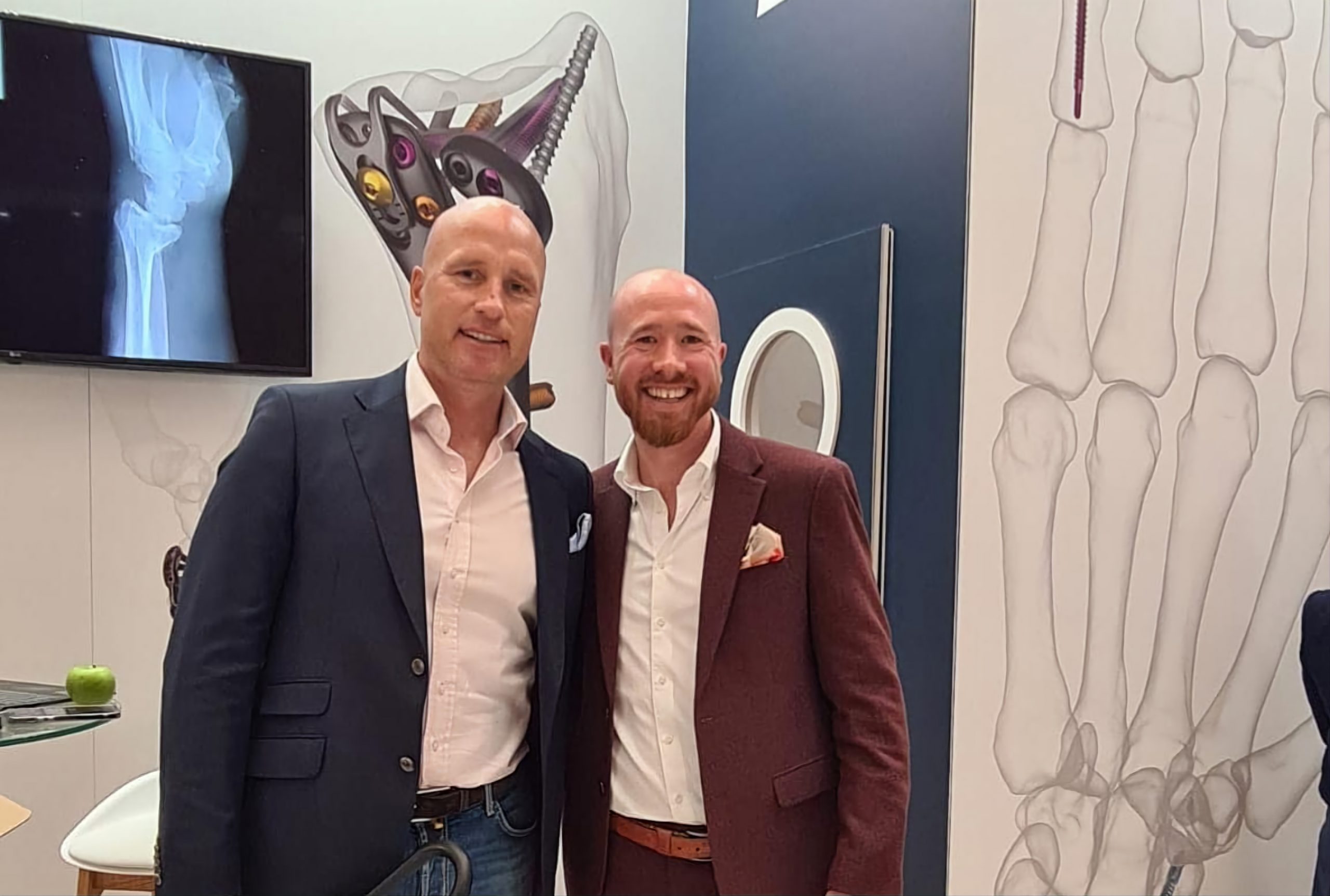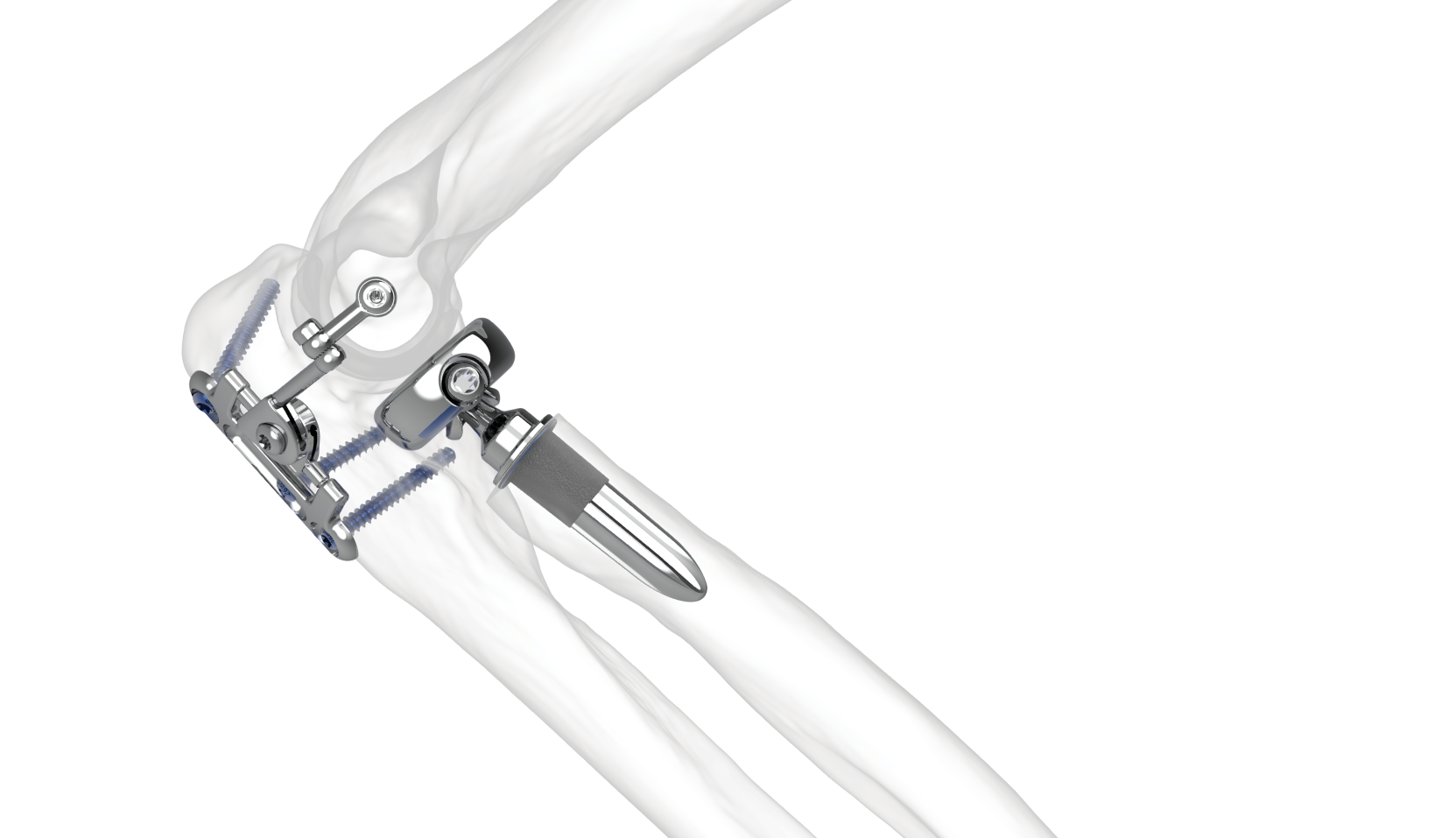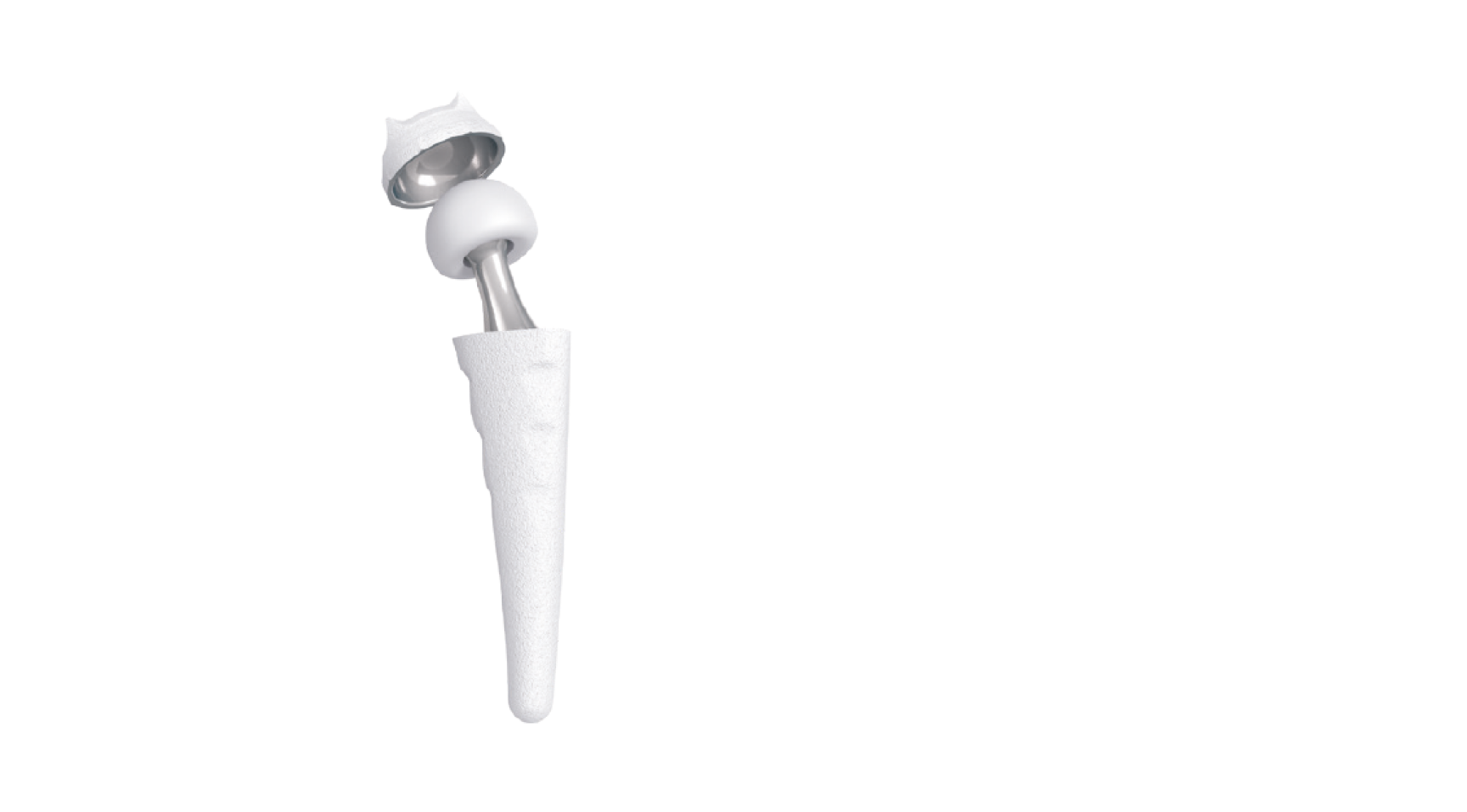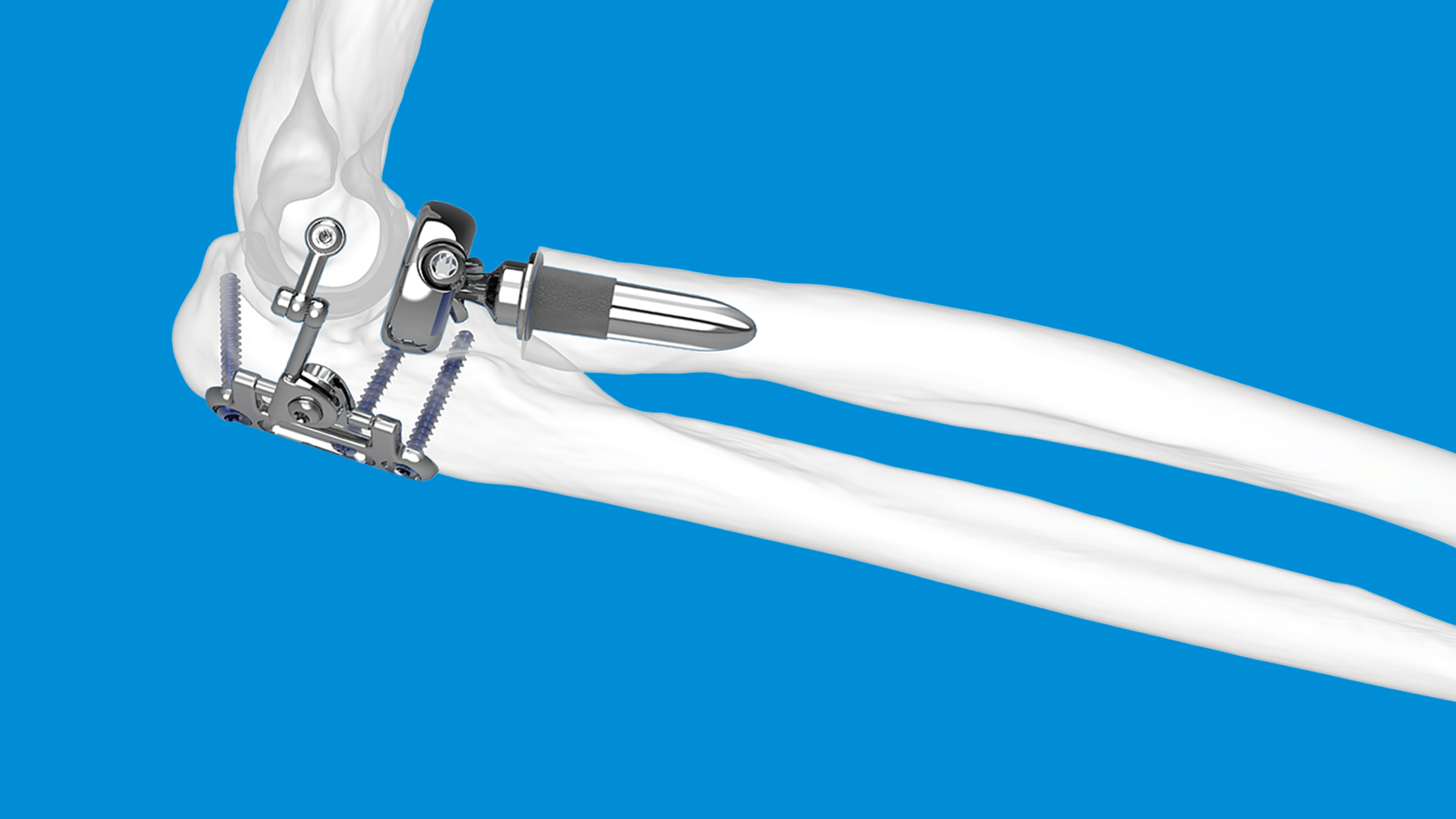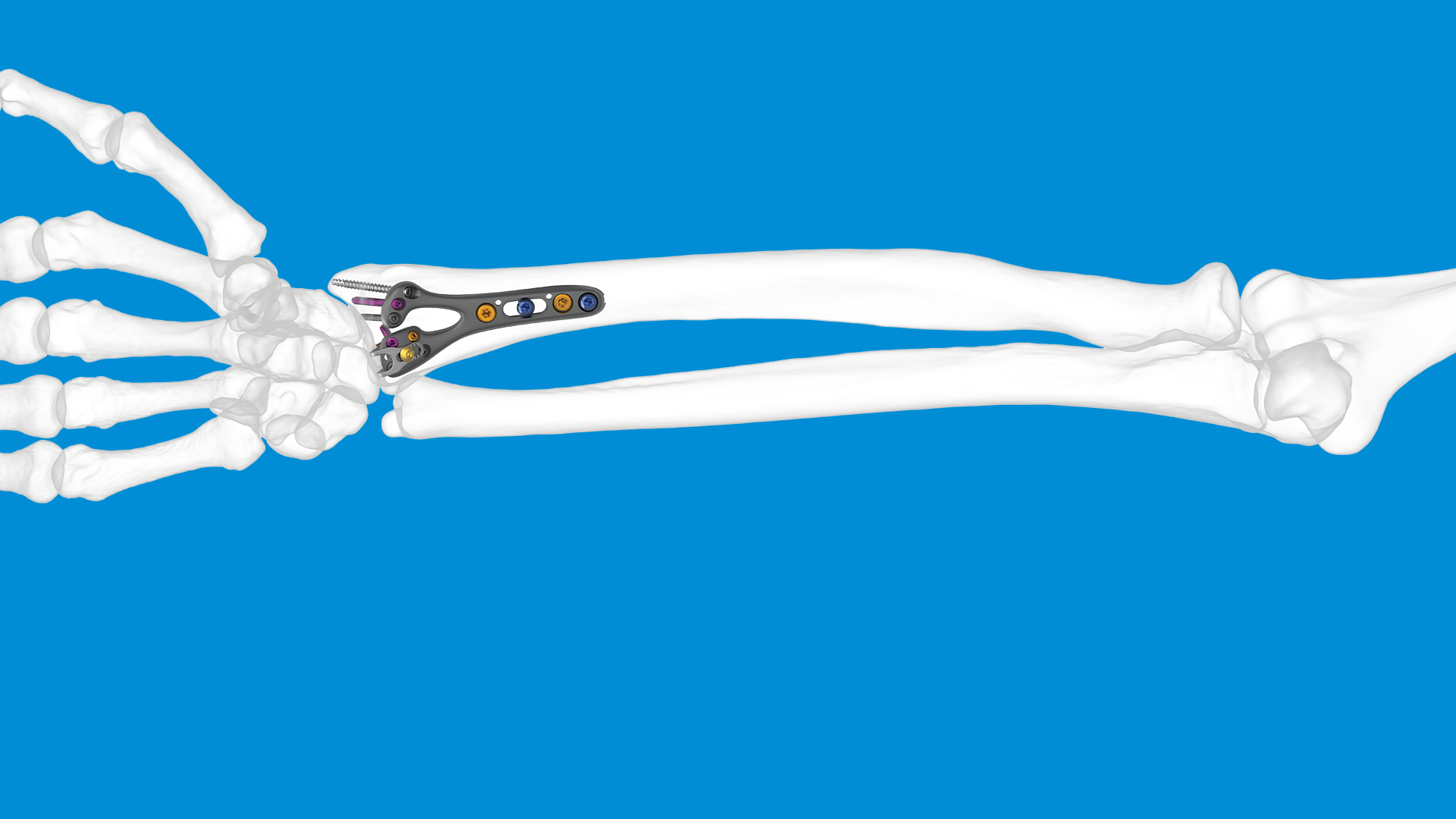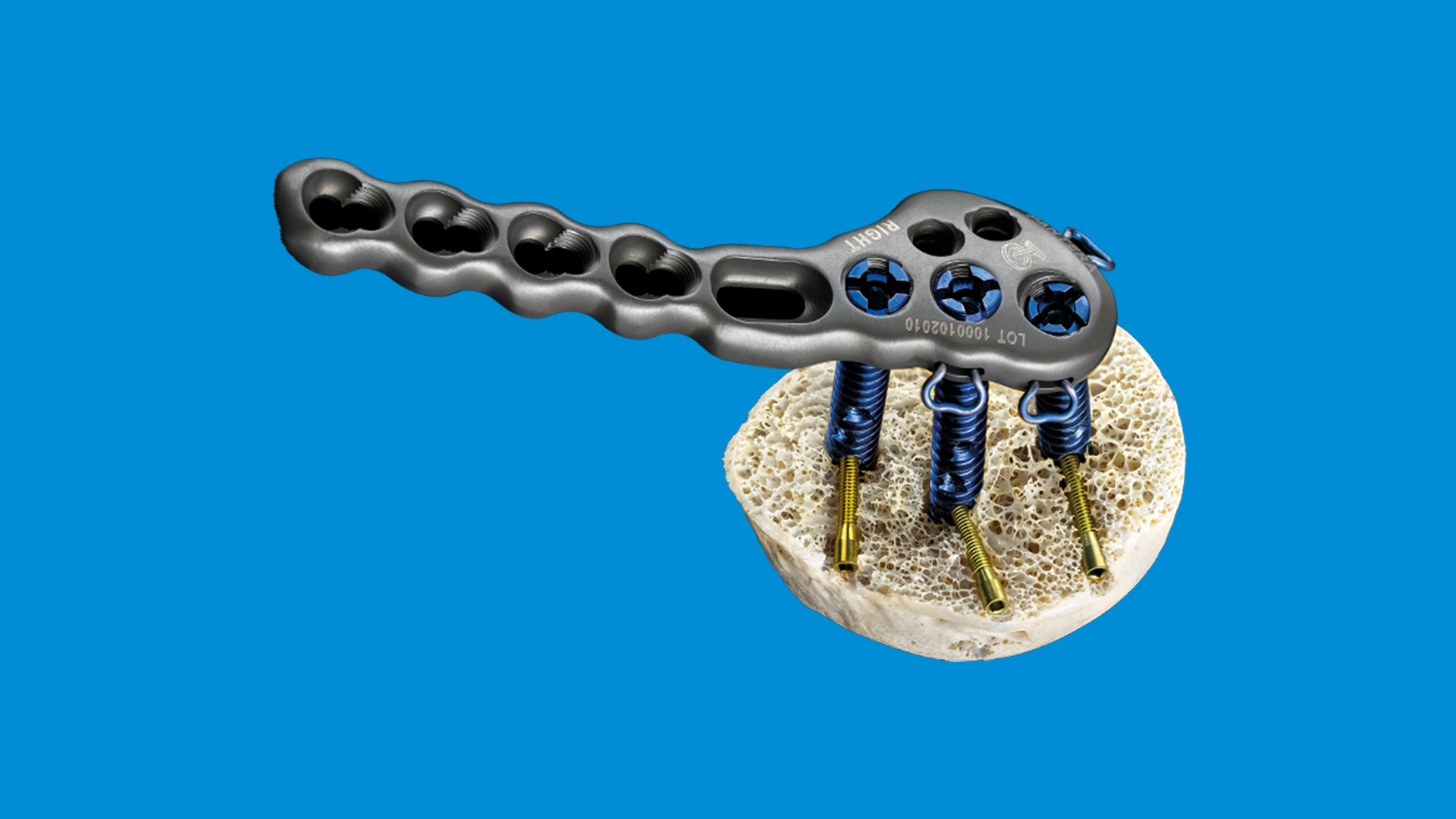LEDA Ortho
Established in October 2013, LEDA Orthopaedics began life as a sales agency and quickly grew into a leading orthopaedic distributor in the UK and Europe, working with innovative suppliers from all over the world. Founding directors David Plane and Jon Bloy have over 40 years’ collective experience in the orthopaedic industry and a passion for the sector that shines through in their ongoing commitment to the business to this day. Read More…
Specialist UK distributors representing:
Latest News

LEDA Orthopaedics to attend the BESS Annual Scientific Meeting 2024
The next annual meeting of the British Elbow and Shoulder Society is set to take place between 19-21 June 2024. This year sees the event return to the ancestral home of BESS, in Scotland for the first time since its first ever Scientific Meeting. Although this time it will take place at the new venue of the P&J Live arena inside The Event Complex Aberdeen (TECA). The group from LEDA Orthopaedics are thrilled to attend.
Who are BESS?
The British Elbow & Shoulder Society (BESS) has the main goal “to promote for the public benefit the development and advancement of science and health care, in the practice of shoulder and elbow surgery by fostering education, research and clinical excellence amongst surgeons and allied health professionals”. Memberships are available to surgeons and allied health professionals (AHPs), as well as trainees in either case. Oversees practitioners may also become members and so the annual scientific meeting is an excellent networking and learning opportunity.
The organisation was officially founded in 1988 in response to the increasing interest around elbow and shoulder surgery in the UK. The original members Ian Bayley; Michael Watson; Steve Copeland; and Angus Wallace met on 28 March 1987 to discuss what was then the ‘British Shoulder Surgery Association’. It’s since this date that yearly meetings of the BESS have been held.
The motto of BESS, ‘excellence through knowledge’, is upheld by no less than five different committees. These are:
- BESS Council and Trustees.
- Finance Committee.
- Research Committee.
- Shoulder & Elbow Steering Committee.
- Education Committee, with the Instruction Course and Elbow Update Sub-Committees below it.
What to expect at this year’s BESS Scientific Meeting
The British Elbow & Shoulder Society Conference 2024 is supported by many industry partners, and LEDA are proud to be a Silver Supporter for the 2nd consecutive year. Our message to the delegates is clear; we are “Elbow Trauma Specialists”. As such, attendees can expect to learn more about our innovative solutions for elbow trauma surgery on our booth, which is no. 7 this year.
The Instructional Course will take place on Wednesday, June 19th. This is intended to focus on neurological disorders and soft tissue conditions around the elbow and shoulder. Included are a series of lectures on nerve entrapments around the elbow, shoulder neuropathy, assessing nerve injuries, rehabilitation following nerve injury and pathology, stiff elbow condition, and calcific tendonitis. The afternoon symposiums focus on ‘partial thickness tears of the anterior supraspinatus tendon’ and ‘partial & full thickness tears of distal biceps & triceps tendons’ respectively. The day then concludes with a series of debates on case studies and a final panel discussion.
The primary event of the meeting will then take place on the Thursday and Friday of that week (20th-21st). The former consists of three paper sessions, scheduled in between a trade exhibition, a range of masterclasses, and some industry workshops. The final day will then feature another two paper sessions, masterclasses on different areas, and guest lectures. Some examples of the topics covered include:
- Fractures of the distal clavicle and AC joint.
- Elbow arthroscopy for stiff elbow.
- Current evidence on tendon repair and nutrition.
- Proximal humerus fracture.
- Psychological factors associated with shoulder pain.
- Elbow instability.
- Sports injuries of the shoulder.
- Prostheses for radial head replacement.
With our PANTERA – Proximal Humerus Plating system, our Checkpoint Surgical nerve stimulator, and our Jake Design eXo elbow splint, many of the above topics are complimented by the range of products we will be exhibiting.
In addition to this, the Skeletal Dynamics’ range of elbow reconstruction systems will allow surgeons to better treat fractures of the elbow using both the Distal Elbow Set and the Humeral Plating System. The game-changing IJS-Elbow always inspires conversations and provides a unique way for surgeons to manage the most complex of elbow cases.
Finally, we will be launching our L3D guides for humeral and glenoid bone preparation for total shoulder replacement, powered by Insight Surgery.
You can find the full provisional programme here.
Looking for a UK medical device distributor?
LEDA Orthopaedics have been providing niche trauma implants, tailored prostheses, and surgical instrumentation for over 10 years. We supply institutions across the NHS and private sector to provide surgeons with the best equipment possible. It’s our belief that orthopaedic innovations are vital to improving patient outcomes following injuries in the upper and lower extremities, especially the elbow and shoulder. Don’t hesitate to contact us if you have any questions, or come find us at the BESS Annual Scientific Meeting 2024.




Patient recovery times for orthopaedic plate removal
As medical practitioners, we must do what’s best for the patient with all the skills, experience, and technology at our disposal. Where most modern internal fixation systems will not cause any discomfort for years, it is never guaranteed. Therefore, situations may arise that warrant the removal of an orthopaedic plate from the body. In order to recommend this course of action, it is necessary to make patients aware of the potential consequences. This includes the reasoning, process, and recovery time. The latter of which we shall be focusing on here.
When is orthopaedic plate removal necessary?
The removal of an orthopaedic plate for internal fixation is often only required when the plate itself is causing significant issues in the patient. This can be due to pain, discomfort, infection, allergic reaction, non-union, or other complication arising due to the individual’s biology. In these cases, the plate has served its function of stabilising the affected area bone. However, it still remains in the body.
Although the surgical procedure needed to remove the plate causes little discomfort to the patient, it is often highly skill-intensive for the surgeon. A small incision is made in the skin above the fixation site, which allows access to the hardware. Once the screws and plates have been removed from the body, any soft tissue can be repositioned and the incision can be closed. Some of the potential risks associated with plate removal surgery include:
- Refracture.
- Possibility for only partial removal.
- Nerve damage.
- Bleeding and blood clots.
Patient recovery times following orthopaedic plate removal
When considering patient recovery time from surgeries involving bone structures, practitioners must focus on bone strength. In cases of orthopaedic plate removal, it has been shown that it often takes around 6 months for patient bone strength to recover fully. In the weeks immediately following the procedure, patients will likely feel week and only notice recovery to start properly after 2-3 months. This may vary depending on what the plate was used to treat when it was initially implanted. For instance, fragment plating for a distal radius fracture or wrist plating for fractures caused by a direct impact. Here, patient recovery times can be shortened by plating systems that fit flush to patient anatomy as they reduce risks in the removal process.
Factors that can impact patient recovery times
As is the case with any invasive procedure, there can a range of patient-specific factors that can lead to longer recovery times. This includes:
- Age.
- Genetics.
- Long term conditions.
- Past surgeries and injuries.
Patient advice following surgery
Patients may understandably have a number of questions regarding what they should and shouldn’t do in the weeks following the plate removal procedure. This can cover a range of areas, such as:
- Washing – keep dressings clean and dry at all times. Bathing the wound may be permitted 2-3 weeks after the surgery, with a follow-up consultation typically taking place during this time.
- Changing dressings – using clean hands, remove the tensor bandage if one is present and then throw away the used white gauze bandages. Cover the wound with new dressing, taking care to make sure the pressure is moderate.
- Wound care – it’s normal for some fluid to ooze from the area in the first 24-48 hours after surgery. This can be cause to replace the dressing, which can be bought from most pharmacies. In between replacing the dressing, it is recommended that the area is cleaned lightly.
- Activities – recommendations will depend on the location where the surgery has been performed. For instance, lower extremity plate removal will typically need greater care. In either case, physical therapy is not usually needed.
Patients should be advised to call a healthcare professional if they experience persistent pain, swelling, fever, nausea, bleeding, or shortness of breath post-operation.
Source industry leading orthopaedic implants
The team at LEDA Orthopaedics specialise in distributing leading products for use in osteotomy surgeries and internal fixation procedures. You can regularly find us attending medical events across the UK to help share surgical knowledge and advance the field. This includes techniques and devices for the extremities, as well as niche applications. Contact us for more information about our suppliers.




When is small joint fusion necessary?
A joint fusion is exactly what it sounds like – it’s a procedure that holds the two ends of bone in place at the joint and allows them to fuse together. The result is that the bones in the joint are permanently held in the same position. Joint fusions are frequently performed at small joints for a number of reasons, which we’ll be discussing in this article.
Small joint fusion procedures
Joint fusion surgery typically begins with a small incision at the back side of the joint. This is typically guided with X-rays, although L3D Osteotomy Planning can be used to great effect here as well. This technology creates 3D models of patient anatomical structures, which allows surgeons to plan procedures with absolute precision. This can be crucial in reducing risk of damage to surrounding soft tissues during orthopaedic surgeries.
Ligaments are carefully moved to either side of the joint in preparation for open reduction and internal fixation. An expert surgeon can then remove damaged pieces of bone and cartilage at the joint, allowing the bone ends to be brough together. Connective hardware is applied to hold the bones in position and allow them to fuse together. Fixation can be achieved through a combination of orthopaedic devices, such as arthrodesis screws and plates. Bone grafts may be needed to replace sections of bone before fusion, although this will depend on the condition of the bones at the joint.
Why perform small joint fusions?
One of the most common reasons to recommend a joint fusion is in patients suffering from complications due to osteoarthritis. Here, small joint fusions in particular see regular use as the condition tends to affect smaller joints that are used more often (hand and wrist). For instance, those experiencing carpometacarpal joint pain. Alongside arthritis symptoms, any disease that causes a degradation in bone stock can be a cause for joint fusions.
Oftentimes, small joint fusions are recommended once other procedures have proven ineffective for the patient. Fortunately, there are orthopaedic implants which have been specifically designed for finger joint replacements. These are the DIGITALIS MCP and DIGITALIS PIP respectively, both supplied by BRM Extremities.
Patient recovery from joint fusion
In most cases, it takes 4-6 weeks for a patient to make a full recovery from a small joint fusion. During this time, it is recommended that they apply a splint and/or strapping to the affected area to limit movement. However, recovery time may be extended by various factors relating to the patient or the kinds of activities they wish to return to. For instance, if the patient’s job involves lifting heavy objects it could best to recommend 6-8 weeks before they return to work. This helps to avoid the main complication which can arise from the procedure – bones failing to fuse. In these cases, additional surgery might be required to achieve permanent fusion. Although through the application proper fixation devices and orthopaedic expertise, this should not be necessary.
Leaders in orthopaedic solutions
At LEDA orthopaedics, we are proud to be at the forefront of patient care through providing solutions to ongoing bone conditions. We partner with distributors of orthopaedic devices, systems, and instrumentation from around the world to bring innovation and quality to the operating theatre. Contact us directly through our website to discuss how we can help advance the industry.
The Founders
